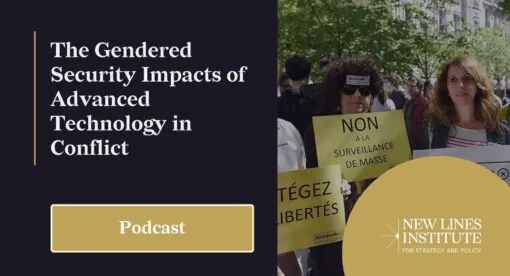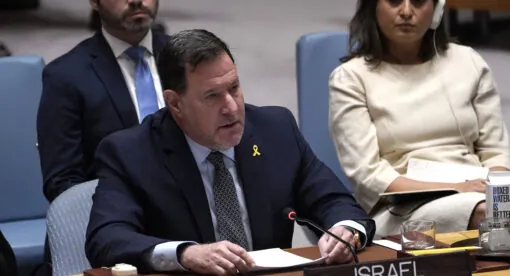Read the policy report here
The Middle East has emerged as a geostrategic hinge in India’s ‘Greater Indo-Pacific’ vision, anchoring energy security, trade corridors, and expatriate ties. As global geopolitical focus shifts toward the Indo-Pacific, India’s engagement with the Gulf Cooperation Council (GCC) states—alongside Iran and Israel—reflects a pragmatic, connectivity-driven strategy rather than bloc alignment. Prime Minister Narendra Modi’s recent diplomatic outreach to the UAE, Saudi Arabia, and Kuwait, alongside efforts to revive the India-Middle East-Europe Economic Corridor (IMEC), underscores the region’s centrality in India’s economic and strategic calculus.
Unlike the U.S.’s security-first approach—centered on alliance-driven containment—India’s framework prioritizes market access, energy flows, and infrastructure partnerships, leveraging minilateral platforms like I2U2 (India, Israel, UAE, U.S.) and critical nodes such as Chabahar Port (Iran). This strategy enables India to navigate regional tensions—including the Israel-Iran-U.S. conflict—while advocating dialogue and de-escalation to safeguard its multifaceted interests.
The Greater Indo-Pacific is not a fixed geography but an evolving economic and strategic network, stretching from the Arabian Peninsula to East Africa. India’s ability to engage across divides—balancing ties with the GCC, Iran, Israel, and China—positions it as a stabilizing force in a fractured region. For sustainable growth and regional stability, India’s approach emphasizes multipolarity, economic integration, and strategic autonomy, offering a model for inclusive, corridor-based cooperation in an era of geopolitical competition.
The views expressed in this article are those of the author and not an official policy or position of New Lines Institute.






